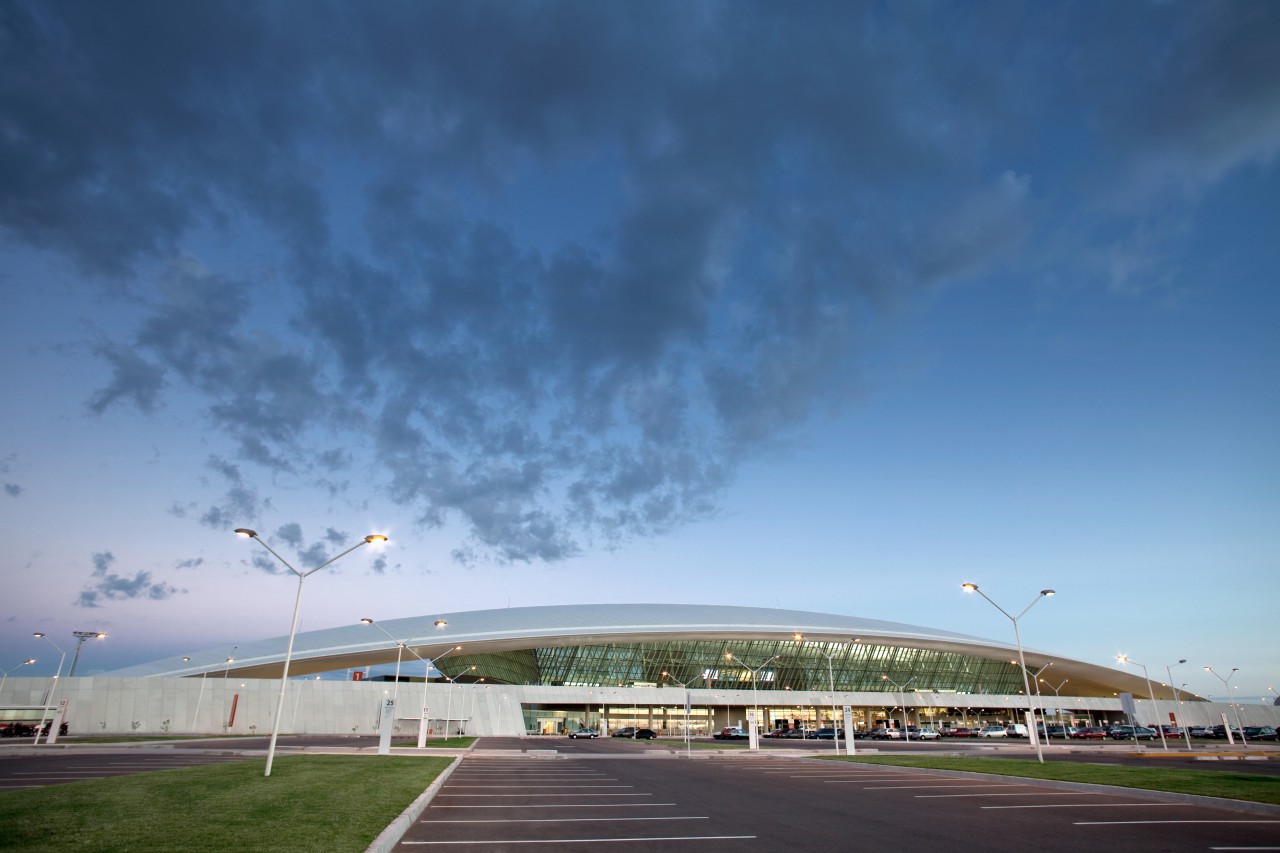Within a context of above-average economic growth for the Latin American region forecast during the next quarter-century, air traffic in the Southern Cone is expected to rise from 62.4 million passengers in 2015 to 134 million in 2030 and 244 million in 2040 within an average annual increase of 5.6%.
Carrasco International Airport last year posted a new record of over two million passengers between arrivals and departures, breaking the previous record of 1.9 million from 2011, the last full year the former Uruguayan flag carrier Pluna flew. According to the forecasts of the CAF Latin American development bank, the traffic at Uruguay’s main airport will reach 2.4 million passengers by 2025, 2.8 million by 2030 and 3.9 million in 2040.
The airport infrastructure of the Southern Cone is characterized by the highest degree of private-sector participation in Latin America with 90% of its traffic passing through airports run by private operators, according to CAF.
In that context the private company Corporación América stands out because it operates the vast majority of the region’s airports via its subsidiary Aeropuertos Argentina 2000 – 33 in Argentina and one in Uruguay. Meanwhile, more recently Vinci in conjunction with Aeroports de París, both funded by French capital, won the concession for the new terminal of Santiago Airport in Chile.
The capacity of the airport infrastructure in the Southern Cone countries covered by CAF can handle an estimated 106 million passengers annually in the long term, 14.3% of the region’s total capacity. This estimated capacity includes that to be supplied by the main projects in construction in the airport sector, including the new passenger terminal in Santiago (which will account for around 61% of future investment according to CAF) .
The investments for the 2016-40 period are estimated at over US$ five billion, including current projects, 9.5% of the total estimated for all Latin America and the Caribbean.
That region will need to invest US$ 53.15 billion in airports between 2016 and 2040 so that their capacity can match the increase in passengers who will reach 1.1 billion anually by the end of that period according to the CAF, with half that investment needed in the first decade (2017-26) owing to the sector’s pressing needs Some US$ 13 billion have been invested in ongoing airport works. The study points out that over 80% of the investment in airports is private.
The investment opportunities to meet airport demand will be one of the topics at the CAFconferencia “Infrastructure for Latin American integration” in Madrid on July 16, which will be attended by Uruguayan Economy Minister Danilo Astori among others.
